The Power Equation:
Electrical power is measured in Watts and is the product of Voltage and Current:
Power (Watt) = Voltage (V) x Current (Amp)
A simpler way to understand electrical power is to think of electricity as water in a pipe. The equivalent equation for water would be:
Power (Watt) = Pressure of Water (Voltage) x Volume of Water (Current)
For example: if you take a hose and point it at a water wheel, you can increase the power generated by either increasing the pressure of the water coming out of the hose, or by turning up the hose to the maximum so more water volume comes out and hits the wheel.
The Explanation:
Imagine you have an electrical device like a light bulb. Power is a measure of how much energy the device uses or produces. In order for the device to work, it needs both voltage and current.
Voltage is like the force that pushes the electricity through a wire. It’s similar to the pressure of water in a pipe. The higher the voltage, the more forceful the electricity flow.
Current is the actual flow of electricity. It’s like the amount of water flowing through the pipe. The higher the current, the more electricity is flowing.
Now, the equation Power = Voltage x Current tells us that the power of the device is equal to the voltage multiplied by the current. It’s similar to saying that the amount of power used/produced by the device depends on how much force (voltage) is pushing the electricity and how much electricity (current) is actually flowing.
So, if you increase either the voltage or the current, the power of the device will increase. For example, if you use a higher voltage or a higher current, the light bulb will produce more light and be brighter. On the other hand, if you decrease the voltage or the current, the power and brightness of the light bulb will decrease.

